
Transforming a living space
Planning Your DIY Projects
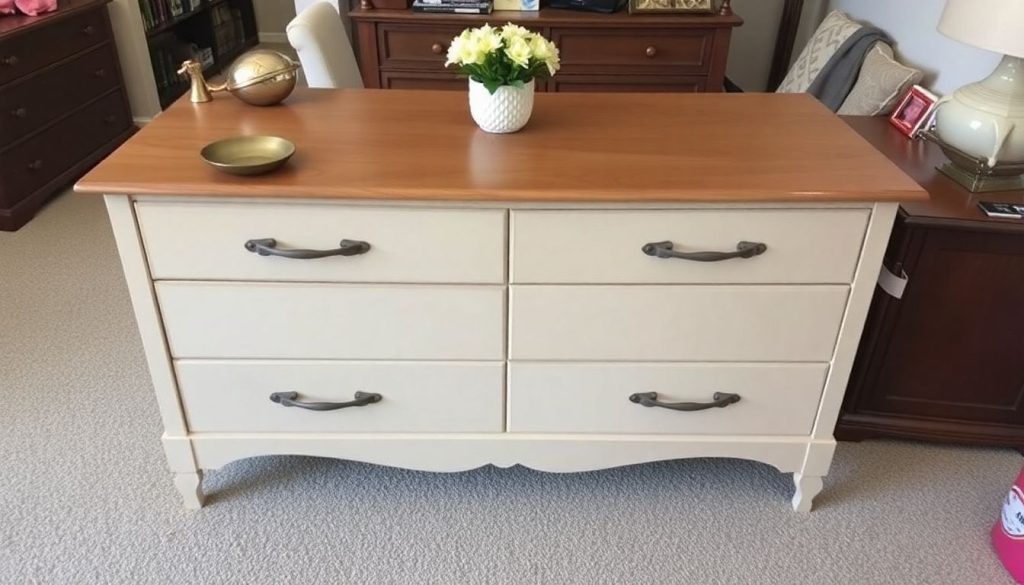
Chairs Furniture Facelift
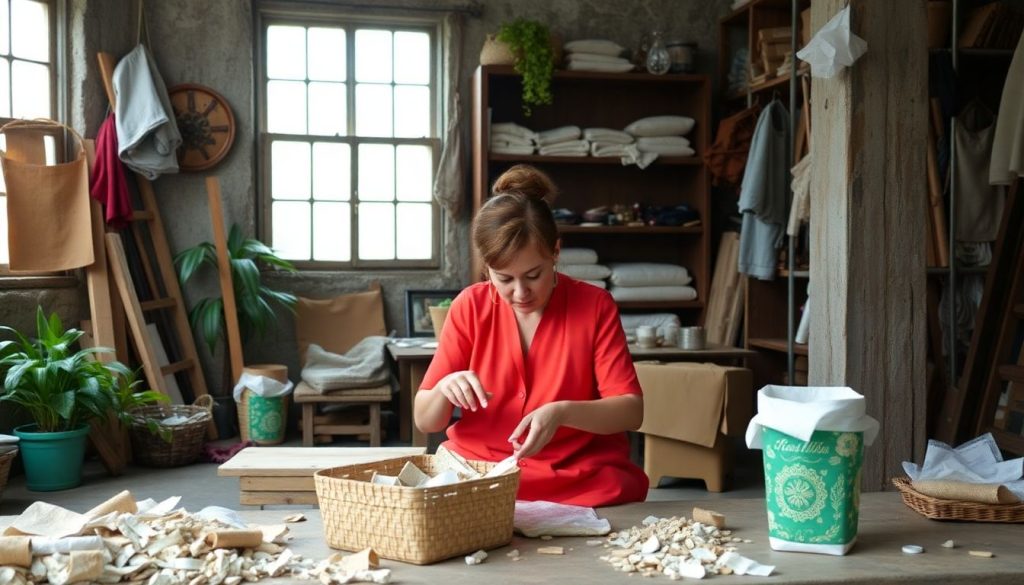
Upcycling
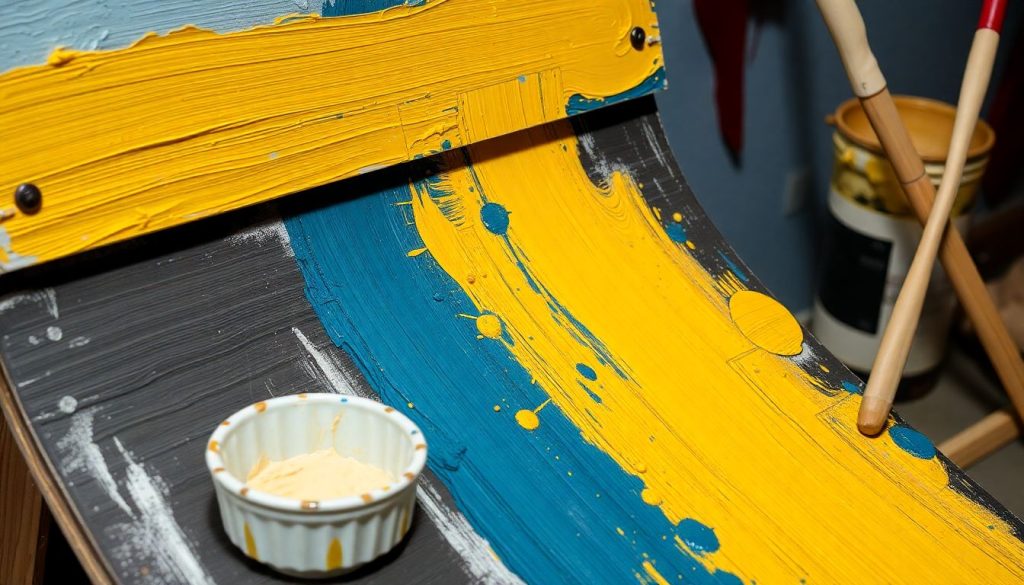
Paint Power
Transform Your Living Space with Simple DIY for a Fresh Look
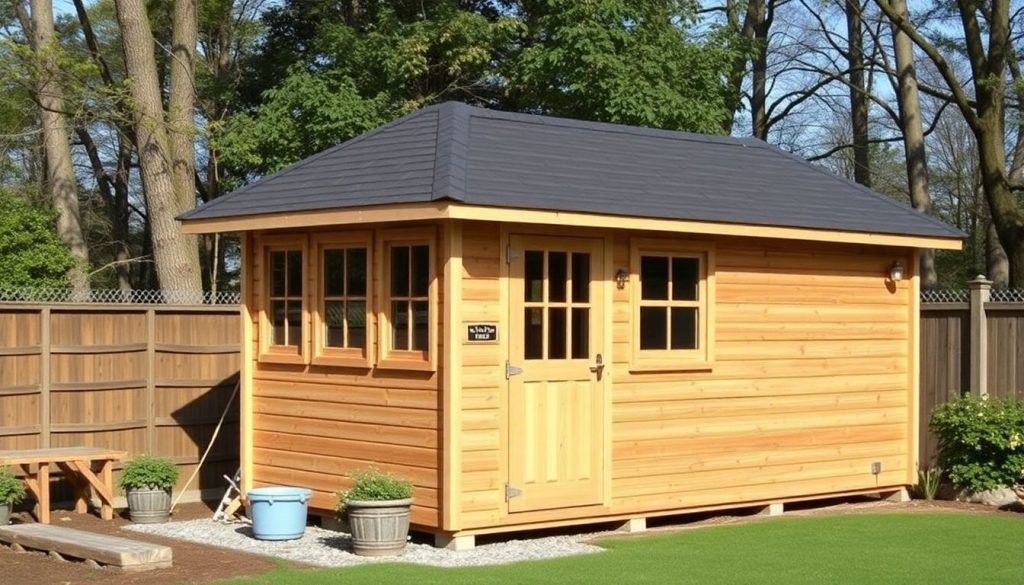
Building a shed doesn’t have to be complicated. Thousands of people are creating their dream sheds in just days using a step-by-step system that simplifies every part of the process.
If you’ve ever struggled with confusing blueprints, wasted money on materials, felt overwhelmed by the complexity of construction, or just wished for an easier way to build something sturdy and reliable, pay close attention.
A recent survey of DIY enthusiasts reveals that most shed-building frustrations do not stem from a lack of skill but from poor planning and unclear instructions. Researchers found that the real issue is incomplete or overly complex plans that leave you guessing at crucial steps, causing delays and unnecessary expenses.
But now, there’s a better way. This comprehensive shed-building guide provides detailed, easy-to-follow plans that anyone can use—whether you’re a seasoned builder or a complete beginner.
Each plan is designed to eliminate confusion and make the entire process smooth and straightforward.
With this system, you’ll know exactly what materials to buy, how to cut them, and how to assemble your shed step by step—which means you can finally stop wasting time and money on guesswork and start building with confidence.
Thousands of people have already used these plans to build functional, beautiful, and long-lasting sheds.
Tap ‘Watch Now’ below for a free video presentation explaining how to start today. There is no need for expensive contractors or complicated tools—you can do this from home.
Join the growing community of DIYers who have turned their backyard dreams into reality. Tap the button below to watch the video and start building your shed today!
Living Space
Clutter can significantly impact the look and feel of your living space. DIY organizational projects help declutter but can also serve as decorative elements.
Floating Shelves: Install custom-made floating shelves to display books, plants, or decorative items. This project adds both storage and visual interest to your walls.
Pegboard Organizer: Create a versatile organizational system for your home office or craft room using a pegboard and custom-painted pegs.


Benefits of Simple DIY Projects
Engaging in simple DIY (Do It Yourself) projects offers a range of benefits that can enhance both your personal and home life. Here are some key advantages:
1. Cost Savings: DIY projects often save money compared to hiring professionals or purchasing ready-made items. You can use materials you already have or find inexpensive alternatives.
2. Creativity and Expression: DIY projects allow you to express your creativity and personal style. You can customize items to fit your taste and preferences, making your home truly unique.
3. Skill Development: Working on DIY projects helps you develop new skills, such as woodworking, sewing, or painting. These skills can be useful for future projects and can boost your confidence in handling tasks around the home.
4. Sense of Accomplishment: Completing a DIY project can provide a significant sense of achievement. It’s rewarding to see your ideas come to life and to enjoy the fruits of your labor.
5. Stress Relief: Engaging in hands-on activities can be a great way to relieve stress. Focusing on a project can serve as a form of mindfulness, helping you to unwind and take a break from daily pressures.
6. Sustainability: Many DIY projects promote sustainability by encouraging the use of recycled or repurposed materials. This not only reduces waste but also contributes to a more eco-friendly lifestyle.
7. Bonding Opportunities: DIY projects can be a fun way to spend time with family and friends. Collaborating on a project can strengthen relationships and create lasting memories.
8. Customization and Personal Touch: DIY allows you to create items that fit your specific needs and preferences, whether it’s home decor, furniture, or gifts for loved ones.
9. Problem-Solving Skills: DIY projects often require you to troubleshoot and think critically, enhancing your problem-solving abilities in a practical context.
10. Community Engagement: Participating in DIY workshops or community projects can help you connect with others who share similar interests, fostering a sense of community.
Testimonials
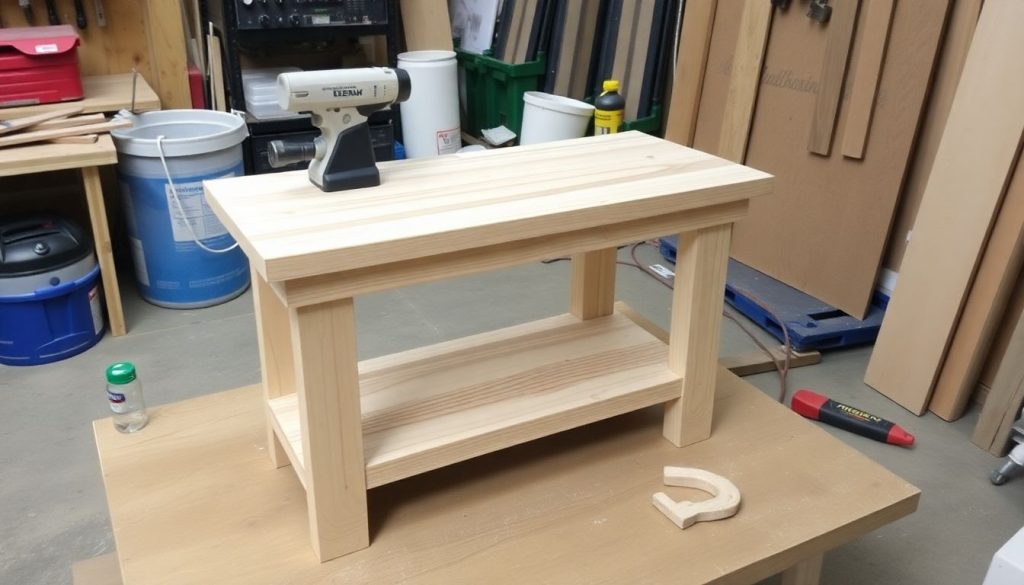
Regular Maintenance Tips
Routine checks are essential. For painted surfaces, inspect for chips or scratches. Touching up paint can prevent further damage. Look for signs of mold on wood or fabric, especially in humid areas. Regular cleaning also protects surfaces from dirt and grime.








